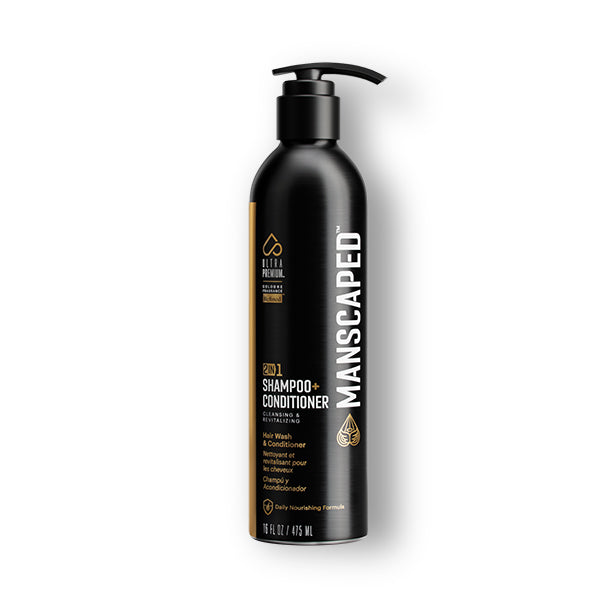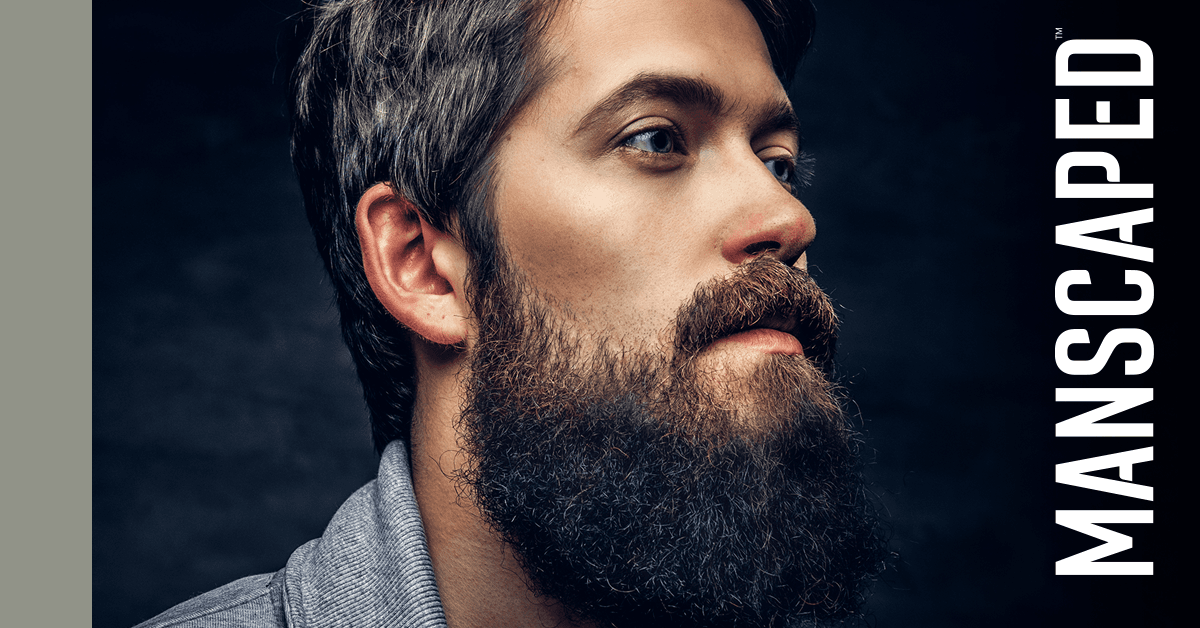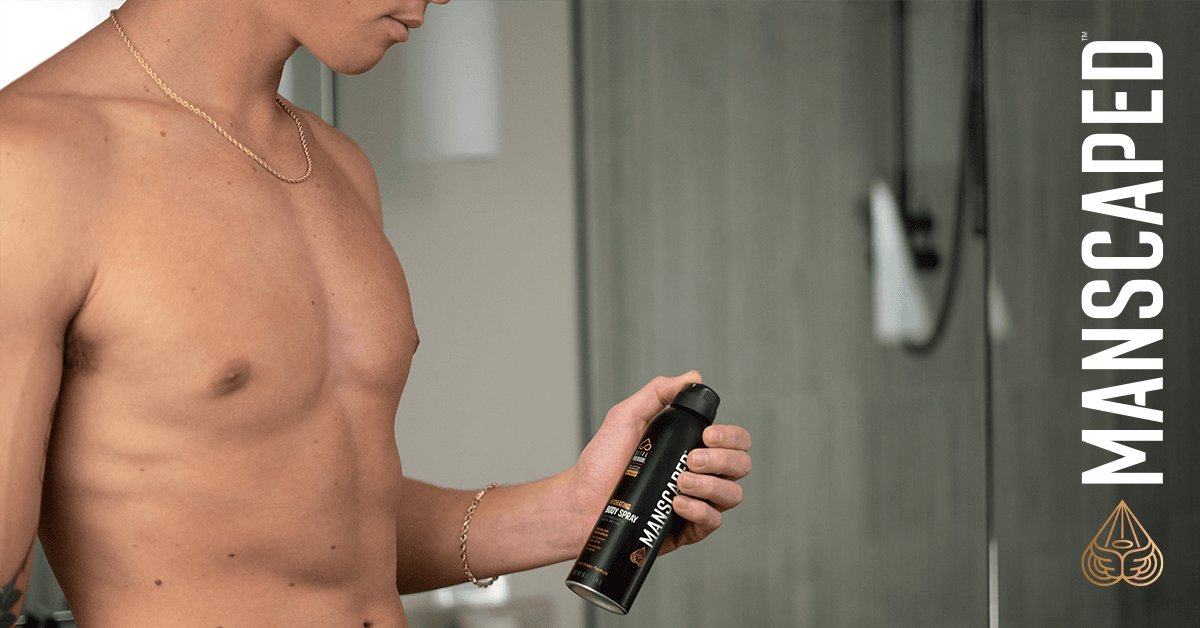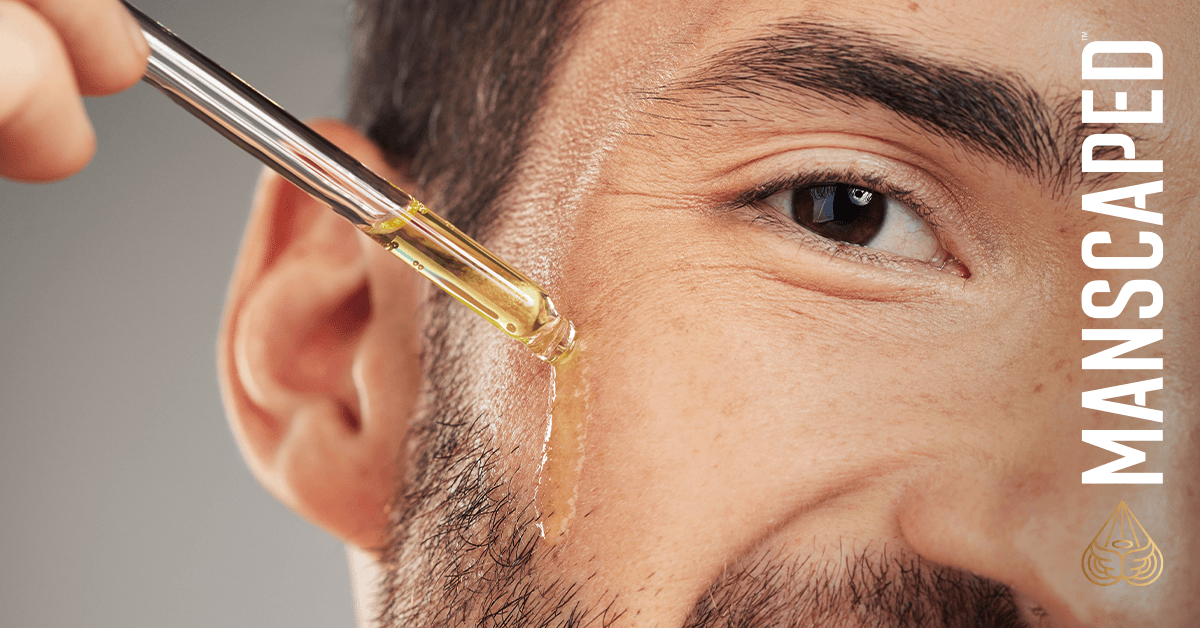
Has your beard ever itched? Has it ever been enough to drive you at least a little crazy? If you’re nodding along, then you’ve likely suffered from a beard rash. It’s not a fun condition, and it really is the case where your beard is the cause of the problem.
In order to defeat the rash, you might hurry to shave off your itchy beard for some needed relief. Unfortunately, you just fell into your beard’s trap. Shaving your beard usually makes it worse. If you want to beat the itch, you have to understand it.
Ok, that’s a little dramatic, but knowing what the rash really is will help you treat and prevent beard rash in the future.
What is beard rash?
The name isn’t out to trick you. It’s a skin rash that is caused by your beard. More specifically, it’s the result of interactions between your beard and skin (mostly of the irritating kind). The rash is usually red (as rashes tend to be), and it comes with the usual itchiness and dryness that makes them so miserable.
Most often, beard rash occurs during the stubble phase of beard growth. Stubble is very bristly, so when it rubs against your skin, it causes irritation and can also lead to beard itching. How does it rub your skin? It can start when the facial hair has to push its way through your skin because you cut it too short. That is exacerbated by angular cuts that effectively sharpen your facial hairs. Keep this in mind when you're thinking about growing a beard in the future.
Additional irritation can occur when your face presses against anything. There are even plenty of cases where the hair manages to rub against your face in ways that seemingly defy physics. Somehow, the beard finds a way.
It’s also possible to get a beard rash after the stubble phase. This is more common with extra curly and bristly facial hair. When the beard curls back into your face, it can be quite irritating. The end result is a rash that is the same as if it were caused by stubble.

What causes these rashes?
As you might have gathered by now, the primary cause is irritation from friction between your skin and facial hair in the beard area. While that’s the root of the problem, your rash can be exacerbated by dry skin, razor bumps, other skin conditions or skin damage caused by your razor.
If more than one factor is present, their effects accumulate, and your rash will be that much more severe.
How do you treat beard rash?
Now that you know more about the rash, we can get into the good stuff. How do you deal with it?
If you already have symptoms, then the best thing you can do is to stop shaving for a while. Since most people only get the rash during the stubble phase, letting the beard grow will give your face time to relax. Eventually you might want to shave again, but for now, a longer beard is your friend.
If, however, you’re among the unlucky few who get beard rashes with a longer beard, you want a good trimmer. Find something with adjustable cutting lengths. Your goal is to get the beard short enough that it can’t curl back into your face, but long enough that it doesn’t feel like stubble. If you can find that sweet spot, keep your beard that length until your face can heal.
Another important step is cleaning your face and washing your beard. All kinds of irritants can get caught in a beard. If you clean your beard and face, you’ll be better off. Since you have a beard, you should use shampoo, and since dry skin makes it worse, you should also use conditioner. Ultra Premium™ 2-in-1 Shampoo + Conditioner is a great choice.
You should also moisturize your face. If your beard is short enough, you can use a face moisturizer. If not, beard oil is great. So is hydrating shampoo and conditioner (which is why we recommend Ultra Premium). Moisturizing your dry skin will help a lot with relief.

How can you prevent the rash?
If you’ve ever suffered from beard rash, you might be motivated to prevent its return. The best thing to help with this is moisturizing your face. Healthy skin is resilient skin, so wash properly with hydrating soap. Make sure your showers aren’t too hot, and take care of your skin in general.
It also helps to improve your shaving technique. You want a clean, smooth shave that doesn’t cut the hair below the surface of the skin. You also want to shave in a way that doesn’t sharpen the hairs.
Double-edge safety razors are great because they prompt good perpendicular cutting angles. They also make it easy to have a safe shave. These are concepts promoted well by The Plow® 2.0 safety razor.
That’s really all you need to worry about for preventing beard rash. If it ever creeps up on you despite these efforts, simply let your face rest for a week or so. Some skin is sensitive, and shaving less often is the key.
01.28.22
Share

Featured Articles
- Your Favorite Ball Deodorant. Now with a New Scent: Perservere.MANSCAPED® + TCS for Testicular Cancer Awareness MonthIntroducing The Lawn Mower® 5.0 Ultra TCS Special Edition and TCS Ball Hero BundleThe Dome Shaver™ Pro vs. The Dome Shaver™ Plus: Which Should You Choose?The Chairman™ Pro vs. The Chairman™ Plus: Which Should You Choose?



